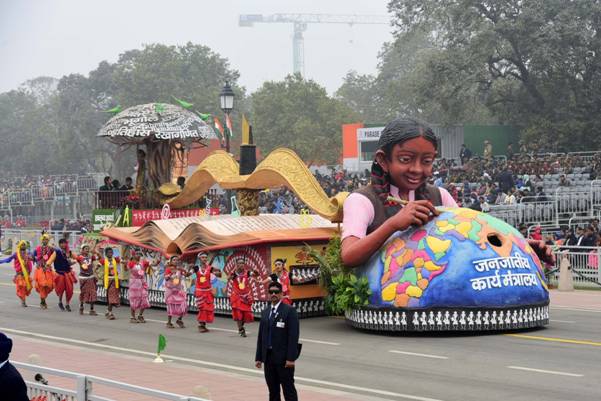Eklavya Model Residential Schools

- 13 Jul 2025
In News:
In a significant milestone for tribal education in India, nearly 600 students from Eklavya Model Residential Schools (EMRSs) across 12 States have successfully cleared top national-level entrance exams like IIT-JEE (Mains & Advanced) and NEET 2024, as per the recent performance assessment by the Ministry of Tribal Affairs. This marks a remarkable improvement in academic outcomes for Scheduled Tribe (ST) students in government-run residential schools.
Breakdown of Performance (2024-25):
- IIT-JEE Mains: 218 students qualified; ~25 expected to secure admission in NITs.
- IIT-JEE Advanced: 34 students qualified; 18 likely to get admission into IITs.
- NEET: 344 students qualified; 3 expected to be placed in AIIMS, others in top government medical colleges.
This is the first comprehensive data compilation for EMRS performance in national competitive exams, a sharp increase from earlier years when only a few dozen tribal students achieved similar success.
Government Support & Outreach:
To further encourage these meritorious students, the Ministry of Tribal Affairs is launching a dedicated outreach programme:
- Students will be actively supported and hand-held through the post-matric scholarship application process.
- The Scholarship Division of the Ministry will proactively connect with all qualifying students to ensure they receive their entitled financial support.
- This initiative reflects a paradigm shift from passive support to active facilitation.
Institutional and Policy Framework:
- EMRS is a flagship scheme under the Ministry of Tribal Affairs, aimed at providing quality residential education from Class 6 to 12 to tribal students in remote and underdeveloped regions.
- Introduced in 1998, the programme was revamped in 2018–19 to enhance infrastructure and expand coverage.
- Schools are being established in blocks with >50% tribal population and at least 20,000 tribal persons.
- The government has targeted the establishment of 728 EMRSs by 2026.
- The National Education Society for Tribal Students (NESTS), an autonomous body under the Ministry, is tasked with operationalizing these schools.
Key Features of EMRS:
- Co-educational residential schools from Class VI to XII.
- Follow CBSE curriculum; completely free education.
- Special focus on local tribal culture, sports, and skill development.
- Each school has a capacity of 480 students, with gender parity in enrolment.
- Reservation norms: 10% for non-ST students; 20% under sports quota for ST students excelling in sports.
- Infrastructure includes academic blocks, hostels, teacher accommodations, labs, sports grounds, and cultural activity spaces.
Recent Initiatives and Recognition:
- The success is partly attributed to strategic partnerships with reputed coaching institutes facilitated by NESTS for IIT-JEE and NEET preparation.
- Around 85% of EMRS students belong to Scheduled Tribes, including Particularly Vulnerable Tribal Groups (PVTGs).
- The achievements were acknowledged in a high-level review meeting chaired by Union Tribal Affairs Minister Jual Oram and MoS Durgadas Uikey, who lauded the efforts of teachers, administrators, and students.
